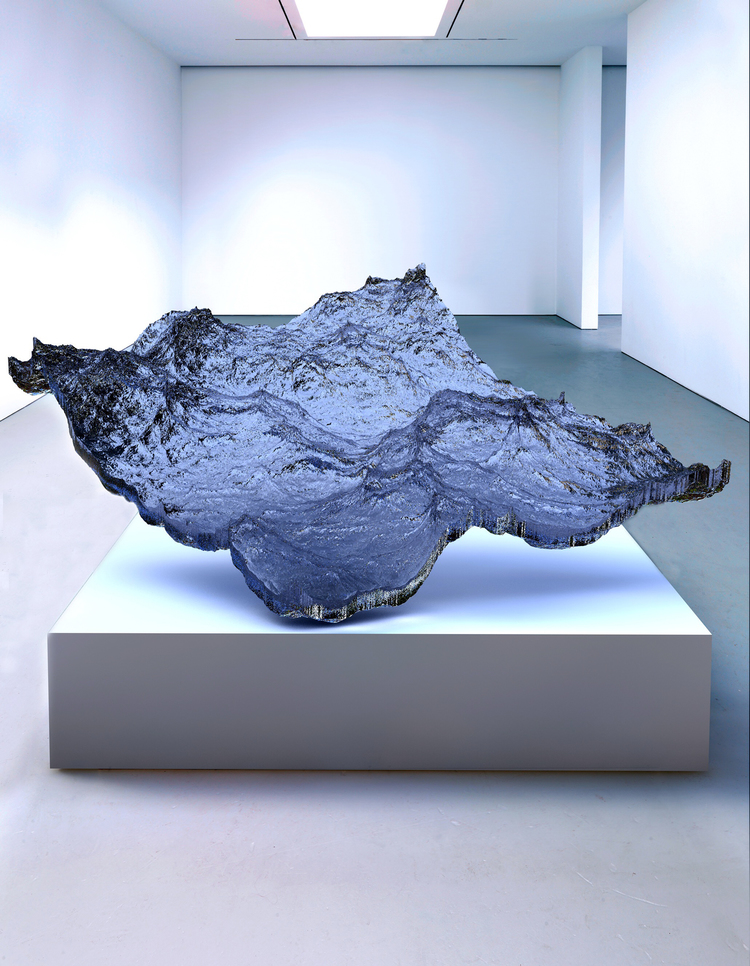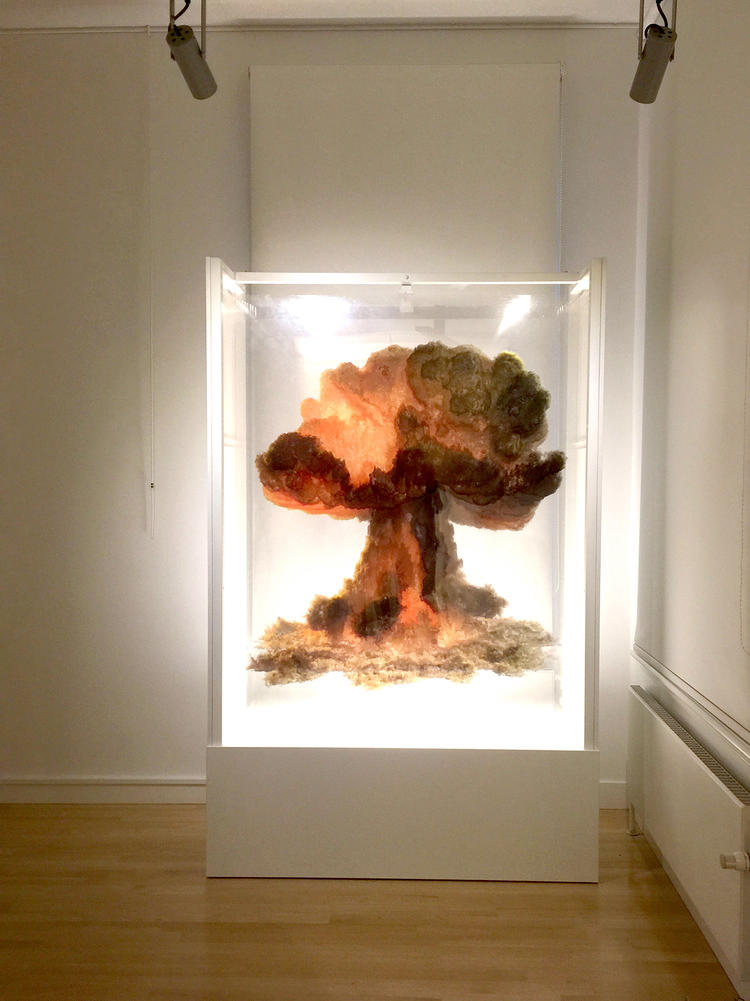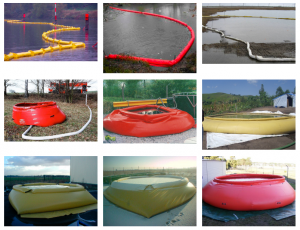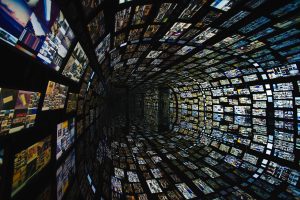A New American Picture by Doug Rickard is a project in which he aimed to bridge the gap between art and technology. More specifically, he utilized Google street view images as inspiration, taking images from Google Maps and then digitally manipulating them to create his final project. Ultimately, Rickard was seeking to make social commentary on the state of social classes in America. In his series of photographs, he chose specific locations across America that were “abandoned,” areas with high unemployment rates or low amounts of any type of opportunities. In order to create these manipulated photographs, Rickard first carefully examined the images from Google Maps, composed images on his personal screen, then photographed again.
The algorithms and “code” that already exists within Google Street View already composed most of the photograph, but he manipulated the images further in order to match his vision, purposefully making images low resolution or containing blur. He employed many artistic concepts when manipulating the images existing on the internet, from the resolution of the image, darkness, shadows, etc. Rickard aimed to give his photographs a sense of anonymity at the end, as the subjects in the photos that he selects are often isolated or in desolate locations, trying to develop this idea that the social structure in America is becoming increasingly separated and stratified.
Although this project did not require extensive creation of a custom software or script, or a high level of “technique,” this project sticks out to me because the way Rickard effectively utilized Google Maps, a source that is not usually considered artistic, in order to create his final product.
http://www.dougrickard.com/a-new-american-picture/
![[OLD – FALL 2016] 15-104 • COMPUTING for CREATIVE PRACTICE](../../wp-content/uploads/2020/08/stop-banner.png)






